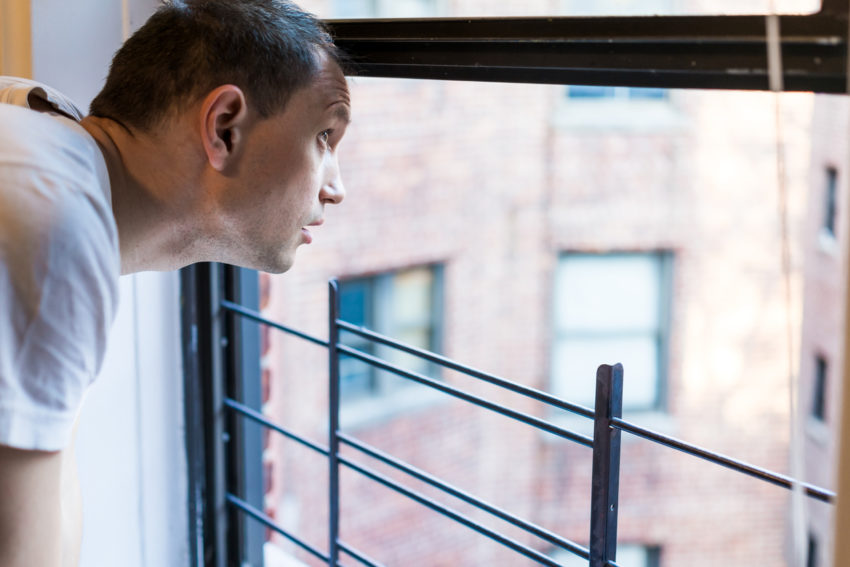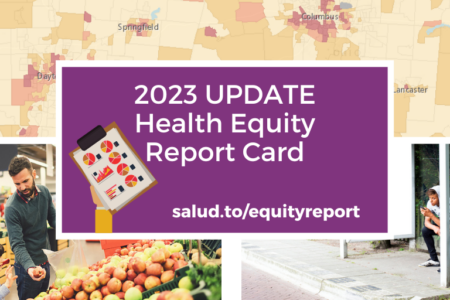
Share On Social!
The COVID-19 pandemic is having a devastating impact on housing
Millions of Americans face are experiencing new levels of cost burdens. Worse, over half a million people will sleep on the streets any given night, according to a recent report from the Joint Center for Housing Studies of Harvard University.
Still, this is not a new issue. Many U.S. cities were dealing with a homelessness crisis long before this outbreak.
In 2018, 33 out of every 10,000 Californian residents were homeless. Now, the escalating pandemic has created a catastrophe threatening thousands of lives.
During this pandemic, millions are homeless, and their lives are falling apart. They struggle to stay healthy, to hold jobs, to preserve personal relationships, to maintain a sense of hope.
California in Action
Experts are warning that California could see a 20% increase in homelessness, with the surge even more severe in other parts of the country.
With that in mind, California Gov. Gavin Newsom made his state one of the first to reopen.
“We are all eager to get back to work and play, and that’s why we’re asking Californians to answer the call when they see their local public health department reaching out by phone, email, or text,” he said. “That simple action of answering the call could save lives and help keep our families and communities healthy.”
Newsom is also proposing that state environmental regulations be waived for cities and counties that want to convert hotels into homeless housing using federal coronavirus relief funding.
He further launched California Connected, the state’s comprehensive contact tracing program, and public awareness campaign. On May 19th, the Governor issued an executive order addressing a variety of issues in response to the COVID-19 pandemic.
On April 4th California became the first state in the nation to secure FEMA approval for 75 percent federal cost-share for vulnerable housing individuals experiencing homelessness.
Suggested Steps to Prevent a COVID-19 Housing Disaster
The L.A. Times editorial board spoke to experts about what new policies and programs could help prevent the housing crisis and suggested seven pragmatic proposals that could be embraced right now by California to prevent COVID-19 Housing Disaster.
The Los Angeles Times first created an opinion team and tried to envision what Southern California, the state, and the nation should look like after the COVID-19 pandemic and later suggested these seven steps.
“It’s a make-or-break moment,” the editorial board writes. “With swift, determined action, we could ward off the worst outcomes, avoid mass evictions, save people from falling into homelessness, avert devastating foreclosures and prevent a real estate collapse.
“Study after study has demonstrated that affordable, stable, safe housing is the key to well-being and upward mobility.”
Their strategies include:
- Help tenants pay their rent. To avert a housing crisis is for the federal government should put up the money to keep renters in their homes and landlords whole.
- Help landlords cover their losses. The federal government enacts a rental assistance program and protects all concerned renters.
- Help small landlords. The state should create relief funds to help these small business Landlords who have buildings with ten or fewer apartments.
- Buy hotels and motels. Gov. Gavin Newsom wants to turn many hotels and motels into permanent homeless housing, which could help both small businesses and homeless people.
- Put up tiny houses or trailers. An old idea that started that showed it’s possible to find and quickly install temporary housing to get people off the streets during the pandemic.
- Encourage short-term rentals to convert to long-term tenancy. To help owners pay their bills and get much-needed rental housing on the market, the cities should consider ways to encourage property owners to rent their units to long-term tenants.
- Make it easy to repurpose commercial properties into housing. Cities should start planning now for ways to make it simpler for building owners to transform office complexes into new homes.
How Latinos Families Impact Housing Crisis During COVID-19
According to our Salud America! research review, an increasing number of Latinos are burdened by high housing costs and evictions.
Latinos account for 18% of the U.S. population and will soon comprise 30% of all youth, making them key to the nation’s future health and economy.
Yet, Latinos experience disproportionate affordable housing disparities and inequities compared to non-Latino whites.
Latinos have a higher risk of eviction, and more than half of Latinos (54%) rent their home. That’s near twice as much as whites (28%), according to Pew Research Center.
During COVID-19 pandemic Latinos and other people of color are disproportionately affected, amid worsening historical inequities.
The coronavirus outbreak makes it harder for Latinos and other minorities.
Check out these 19 solutions to immediately ease the coronavirus pandemic and its impact on Latinos and people of color, as well as make long-term strides to address underlying inequities that are aggravated during this time.
Learn more about the coronavirus pandemic and Latino health:
Explore More:
HousingBy The Numbers
56.9
percent
of Latinos are "housing cost burdened"



